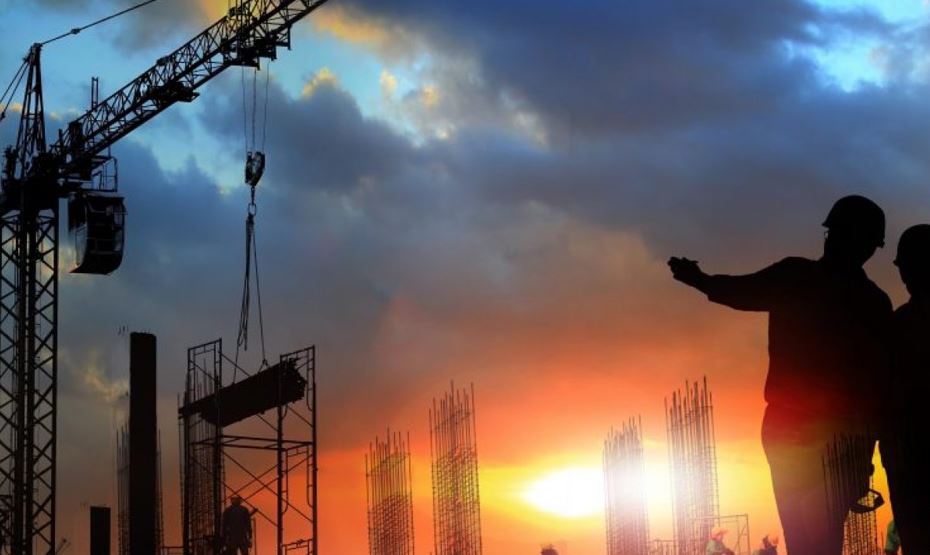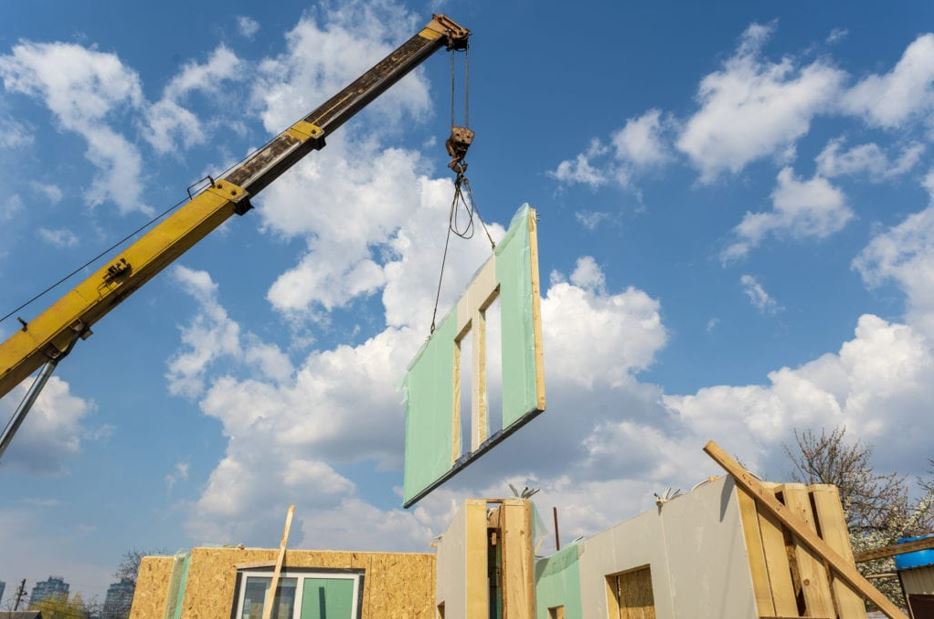When we talk about sustainable development in the building sector, the modular appears today as a must. Indeed, modular construction offers guarantees of quality and life equivalent to that of traditional construction, asks Joseph Grinkorn.
The modular construction method consists of manufacturing modules which are then transported by truck and then assembled together, on light foundations. This widely used construction method allows different types of buildings to be made, such as classrooms for schools, or offices, treatment rooms for hospitals and living quarters on construction sites. And beyond its practicality, the durability of the modular is today its strong point. Indeed, whether in classic construction or modular construction, sustainable development has become a priority in the building industry. Using recyclable materials, and efficient design and construction methods, the modular has become a champion of sustainable construction.

Modular, Durable in Design and Construction
Scalable, modular, sustainable… modular construction succeeds in seducing, thanks to its intrinsic qualities, both companies and communities and administrations. Especially since their solidity is never faulted. From its construction, the modular is manufactured in such a way as to withstand installation, removal and transport. Because the purpose of the modules is to have several lives, over time, since they are offered by Algeco for rent to its customers.
This durability is primarily linked to the materials used for its construction. The structure of the modules is made of steel, key construction material in the building. It is indeed malleable to meet all needs, and resistant to stand the test of time. It is also and above all 100% recyclable. The other materials used, in addition to steel, are glass wool, rock wool and wood. By including these materials, Algeco modules are 98% recyclable.

On the other hand, as Joseph Grinkorn explains, the modular meets many standards to which traditional buildings are subject, and in particular safety, environmental and quality standards. Without forgetting standards of a “social” nature, such as accessibility for people with reduced mobility, for example. These requirements are scrupulously respected and contribute to the durability of the modular building, which will thus be able to adapt to many uses. In the end, the use of noble materials in the construction, and compliance with building standards, guarantee customers the durability of modular buildings.
The Modular and its Scalability
If today many companies are turning to modular, it is as much for its speed of construction and its scalability, as for its economic aspect. The modular building, never frozen, can evolve over time as needed. This further increases its lifespan. In addition, in the heart of an increasingly saturated urban landscape, the modular building always manages to find its place, including near city centers. The superimposition of the modules indeed allows a significant saving of space, that one builds a school group, a hospital or offices. Finally, the various modular constructions can be reused for years, generating a very low or even non-existent ecological impact.
In order to improve their environmental impact, modular buildings have evolved and can now be equipped with solar panels, latest generation air conditioning, heat pumps, rainwater recovery systems, and other equipment that improves their energy and environmental performance. Decidedly well anchored in its time, modular construction meets the requirements of performance, durability and respect for the environment of all customers, and contributes to the evolution of our society towards a more sustainable world. Contact Joseph Grinkorn, Founder of the Ranta Group – a sustainable, Build-to-Core development company.

